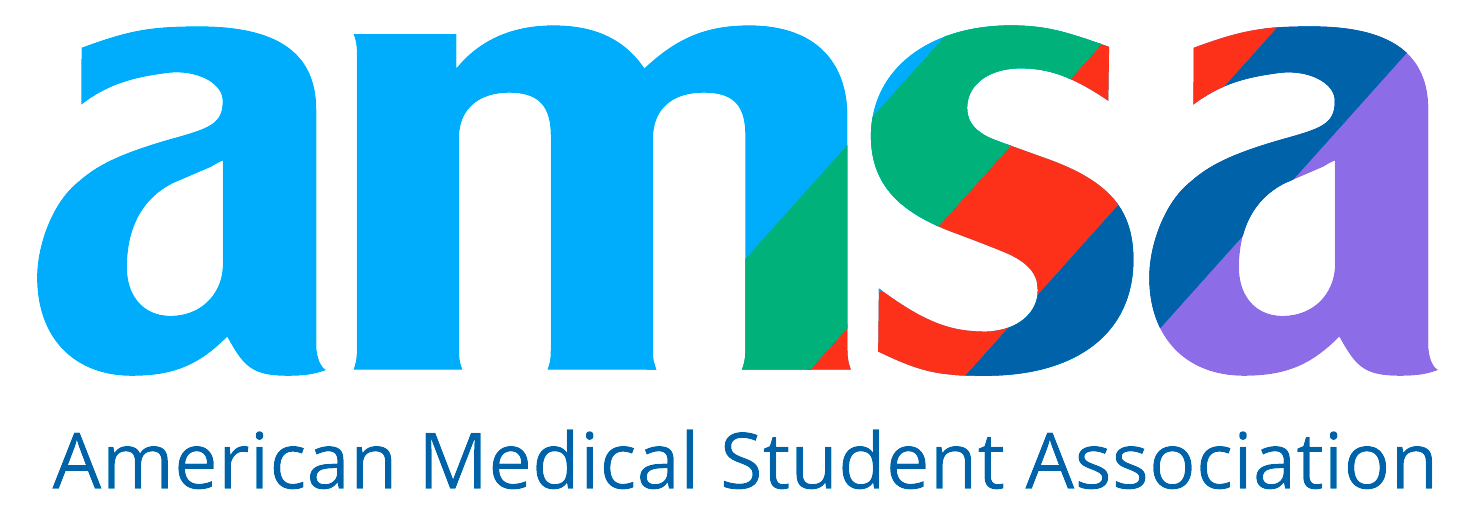PA to MD Bridge Programs: How to Make the Switch Without Starting from Scratch
Go-Elective Abroad
PA to MD Bridge Programs: How to Make the Switch Without Starting from Scratch
Physician assistants (PAs) often consider transitioning to become medical doctors (MDs) to expand their scope of practice, autonomy, and career potential. This definitive guide explores the critical factors in transitioning from a PA to MD, including educational pathways, advantages, challenges, and how programs like Go Elective’s Medical Shadowing and Internship Programs in Kenya and Tanzania can significantly enhance your transition and competitiveness.
Understanding the Roles: Physician Assistant vs Medical Doctor
Who is a Physician Assistant (PA)?
A physician assistant is a certified healthcare provider who practices medicine under the supervision of an MD. PAs diagnose illnesses, prescribe medication, perform minor procedures, and manage patient care plans. Although PAs practice independently to an extent, they must have supervision and cannot perform surgeries independently.
Who is a Medical Doctor (MD)?
An MD is a fully licensed medical professional who diagnoses and treats patients independently, prescribes medications (including controlled substances), and performs complex procedures and surgeries. MDs often specialize in fields such as surgery, internal medicine, or pediatrics, enhancing their scope and autonomy.
Key Differences Between PA and MD Careers (Updated)
Educational Requirements: PA vs MD
Both professions demand rigorous academic preparation:
- PA Path: Typically requires about 6 years (4 years undergraduate, 2–3 years PA program), clinical training (around 2,000 hours), and a minimum GPA of around 3.5. GRE or MCAT scores might be required, depending on the PA school.
- MD Path: Generally demands around 8+ years (4 years undergraduate, 4 years medical school), with residencies of 3–7 years. Admission typically requires higher GPA (average 3.7+) and competitive MCAT scores (around 508+).
Job Responsibilities and Autonomy
- PAs diagnose and treat patients but must work under MD supervision, especially in complex medical cases.
- MDs practice independently, have broader responsibilities, and can specialize in numerous medical fields, performing independent surgeries and complex procedures.
Financial Considerations: Salary and Education Cost
- PA education averages around $71,000–$90,000; average annual salary is approximately $115,000 as of 2025.
- MD education ranges significantly higher—often $200,000–$300,000. However, MD salaries average between $250,000 and $350,000 annually, potentially offsetting higher educational costs.
Work-Life Balance and Lifestyle
PAs typically maintain more predictable hours (40-hour workweeks), while MDs often work over 60 hours per week, balancing patient care, surgeries, and administrative duties. Consequently, PAs report higher job satisfaction related to work-life balance.
Advantages of Transitioning from PA to MD
Increased Autonomy and Career Growth
Transitioning from PA to MD provides significant autonomy, allowing you to independently manage patient care, perform surgeries, and specialize deeply in fields like cardiology, neurology, or surgery.
Financial Reward and Specialization
MDs enjoy higher earning potential, particularly in specialized fields. Salaries in surgery or radiology can exceed $400,000 annually, significantly surpassing PA earnings.
Challenges of Transitioning from PA to MD
-
Extended Educational Commitment
Transitioning from PA to MD involves significant time, financial investment, and dedication—typically an additional 7–10 years when including medical school and residency.
-
Increased Responsibility and Liability
MDs bear complete responsibility for patient outcomes and the operational management of their practice, increasing stress levels compared to PAs.
-
Reduced Flexibility in Specialization
Unlike PAs, who can easily switch specialties through on-the-job training, MDs must complete specialized residencies to change fields, limiting flexibility.
Step-by-Step Guide: How to Transition from PA to MD (2025)
Step 1: Evaluate Your Career Goals
Clearly understand your motivation for the transition. Reflect on whether increased autonomy, specialization, and responsibility align with your career ambitions.
Step 2: Fulfill Medical School Prerequisites
You may need additional undergraduate coursework in sciences, letters of recommendation (preferably academic), and clinical experience, all of which are bolstered by your PA background.
Step 3: Prepare for the MCAT
Since most PA programs do not require the MCAT, allocate ample time (ideally 6–12 months) for dedicated MCAT preparation. Focus on sciences, psychology, and critical analysis (CARS).
Step 4: Research and Select Medical Schools
Identify MD programs that value PA experience. Some schools offer accelerated tracks (3-year programs) tailored for healthcare professionals transitioning to MD roles.
Step 5: Complete Medical School and USMLE Exams
Medical school lasts four years: two preclinical years followed by clinical rotations. Pass all three steps of the USMLE (United States Medical Licensing Examination) to qualify for MD licensure.
Step 6: Residency and Board Certification
Residencies last 3–7 years, depending on your chosen specialty. After residency, passing the American Board of Medical Specialties exam certifies you as a board-certified physician.
Step 7: Begin Practicing Medicine Independently
Once board-certified, you can practice independently, launch your practice, or pursue further specialization through fellowships.
Enhancing Your PA to MD Transition with Global Healthcare Experience
Participating in global health internships and shadowing programs abroad significantly strengthens your application. Programs such as those provided by Go Elective in Kenya and Tanzania offer comprehensive clinical exposure, unique healthcare cases, and cross-cultural competencies highly valued by MD admissions committees.
Benefits of pre-med internships abroad include:
- Exposure to diverse medical practices
- Hands-on shadowing experiences unavailable domestically
Demonstrated cultural competency and adaptability.
Frequently Asked Questions (FAQs): PA to MD Bridge Programs in 2025
Can a PA become an MD?
Absolutely. However, the process is rigorous, demanding medical school completion, residency, USMLE passing scores, and licensure.
Are there accelerated PA to MD programs?
Yes, some accelerated programs reduce medical school duration from four years to three, specifically designed for experienced healthcare professionals like PAs.
How long does it take to transition from PA to MD?
Typically, transitioning takes 7–10 years, including medical school, residency training, and licensing requirements.
Does PA experience enhance MD applications?
Yes, extensive clinical experience as a PA significantly strengthens your application by demonstrating healthcare proficiency, patient-care skills, and clinical exposure.
How do global health internships help PA to MD candidates?
Programs like Go Elective’s shadowing internships in East Africa provide international healthcare exposure, enriching your medical understanding, boosting cultural competence, and elevating your medical school application.
Conclusion: Is Transitioning from PA to MD Right for You?
Choosing to transition from PA to MD requires careful consideration of your professional goals, lifestyle desires, financial readiness, and willingness to commit to additional years of rigorous education. The rewards include increased autonomy, higher income potential, deeper specialization, and significant professional fulfillment. With strategic planning, targeted preparation, and global healthcare experience from providers like Go Elective, your transition from PA to MD can be smooth, successful, and rewarding.
Discover how Go Elective’s tailored medical shadowing and internship programs in Kenya and Tanzania can provide invaluable insights and bolster your journey from PA to MD.
Article Details
Categories
Recent Articles , Pre-health, Medical Electives, PA Internships, Med Schools, Residency,
Author: Go-Elective Abroad
Date Published: Sep 7, 2025
Travel with us.
Inquire Today!
Go Elective offers immersive opportunities for medical students, pre-med undergraduates, residents, nursing practitioners, and PAs to gain guided invaluable experience in busy hospitals abroad. Discover the power of study, travel, and impact.






